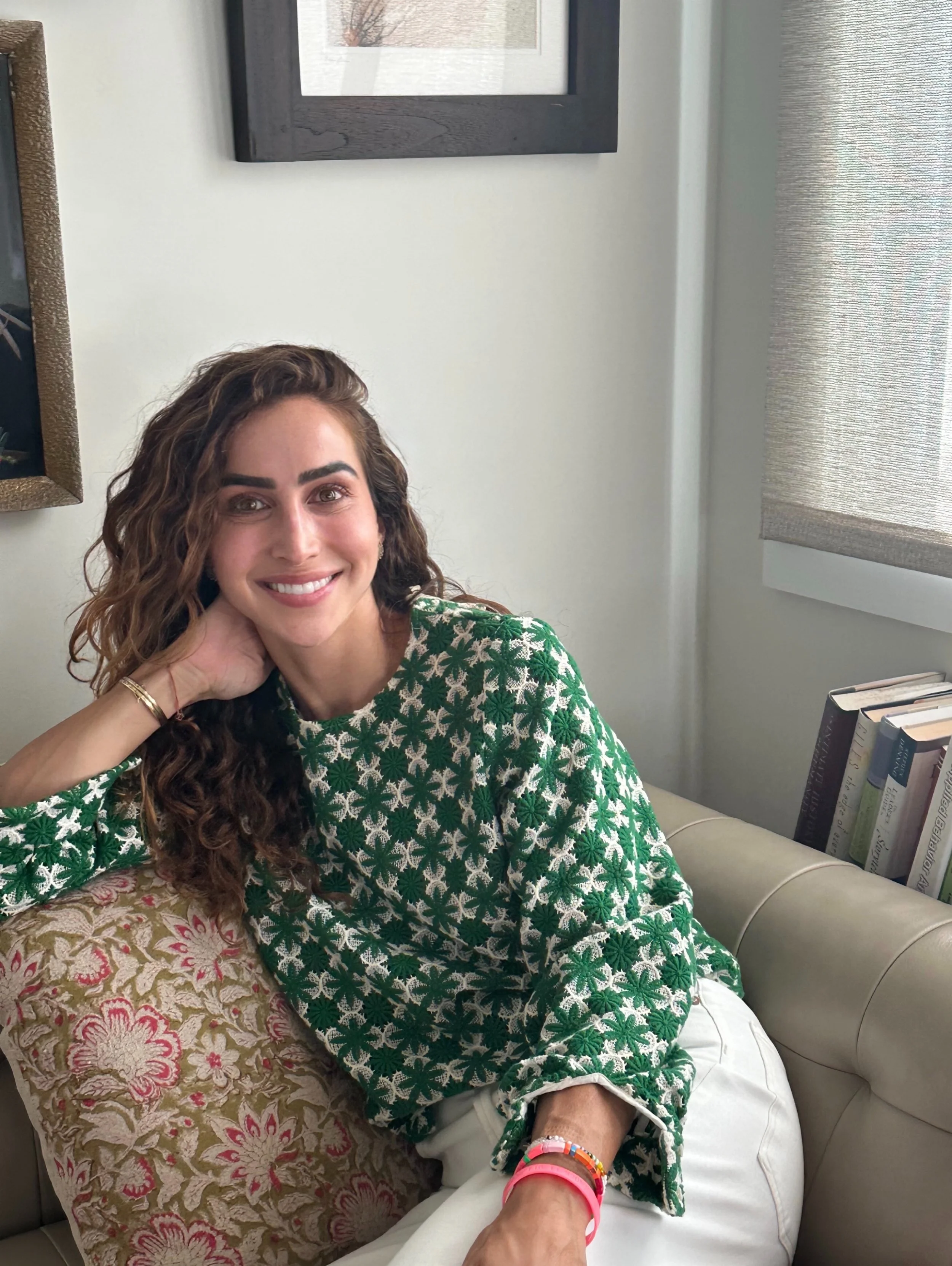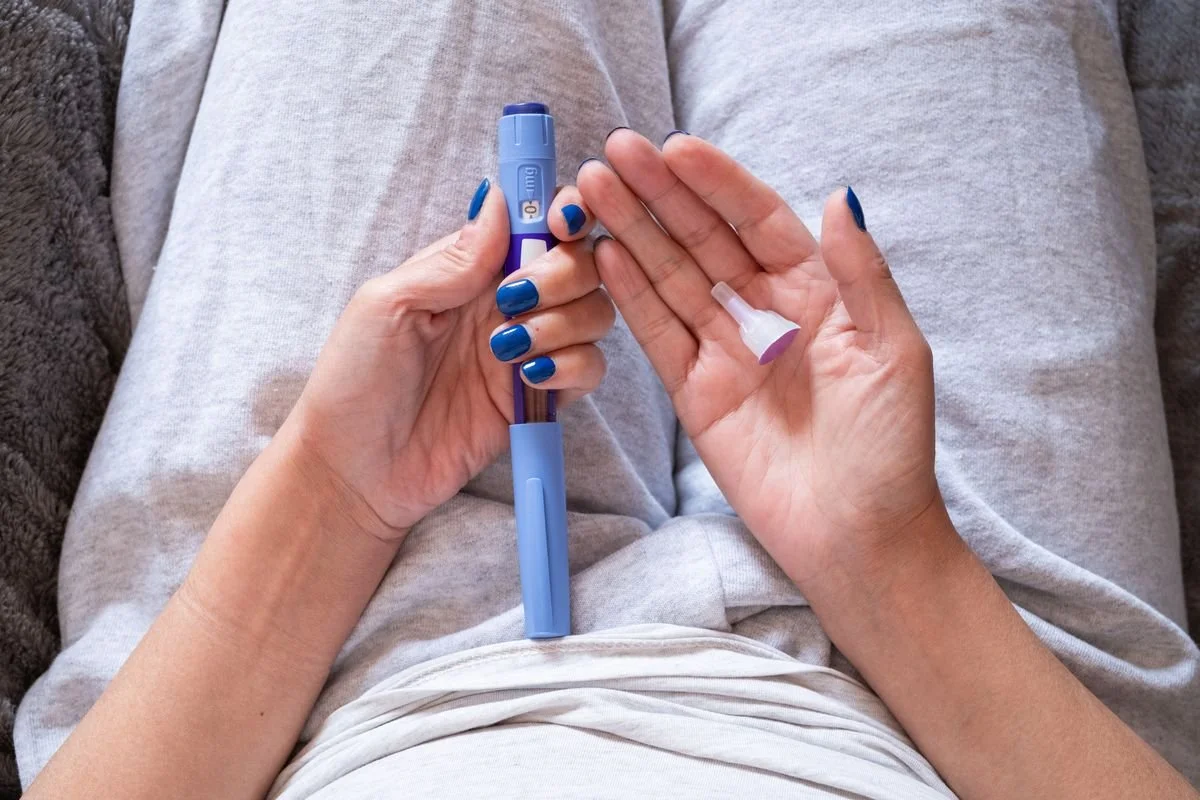A recent New York Times article introduced a term that I’ve been witnessing quietly play out in my therapy practice: money dysmorphia — the feeling that you’re financially unstable, even when you're objectively doing okay.
It’s not just a Gen Z thing. I’ve seen this with clients across all ages — young adults just starting out, professionals in their prime earning years, even those nearing retirement. Regardless of income level or life stage, many people are grappling with a distorted sense of financial adequacy.
Social media only intensifies this. It encourages constant comparison to curated lives — the upgrades, the getaways, the soft-launch side hustles. Even if we know it’s filtered, it still leaves us questioning: Am I doing enough? Do I have enough?
In therapy, money is never just about math. It’s tied to our sense of safety, success, identity, and belonging. And when our perception of money gets warped, it can lead to anxiety, guilt, and shame — even when the numbers say we’re okay.
The antidote? Awareness. Boundaries. Compassion.
Compassion for yourself when the comparisons creep in.
Compassion when fear shows up in the form of overspending, underspending, or perfectionism.
And permission to define enough on your own terms — not someone else’s algorithm.



















